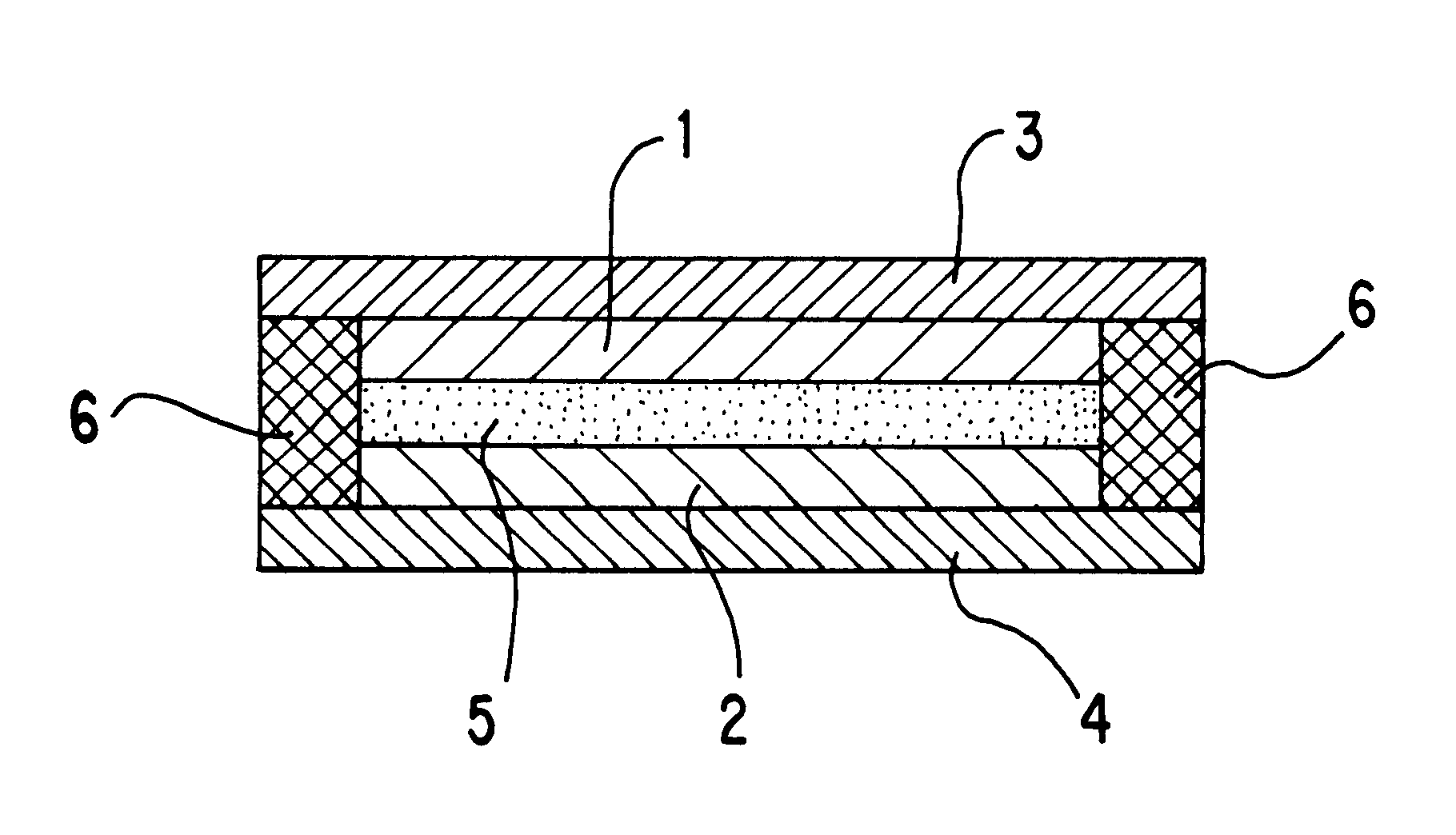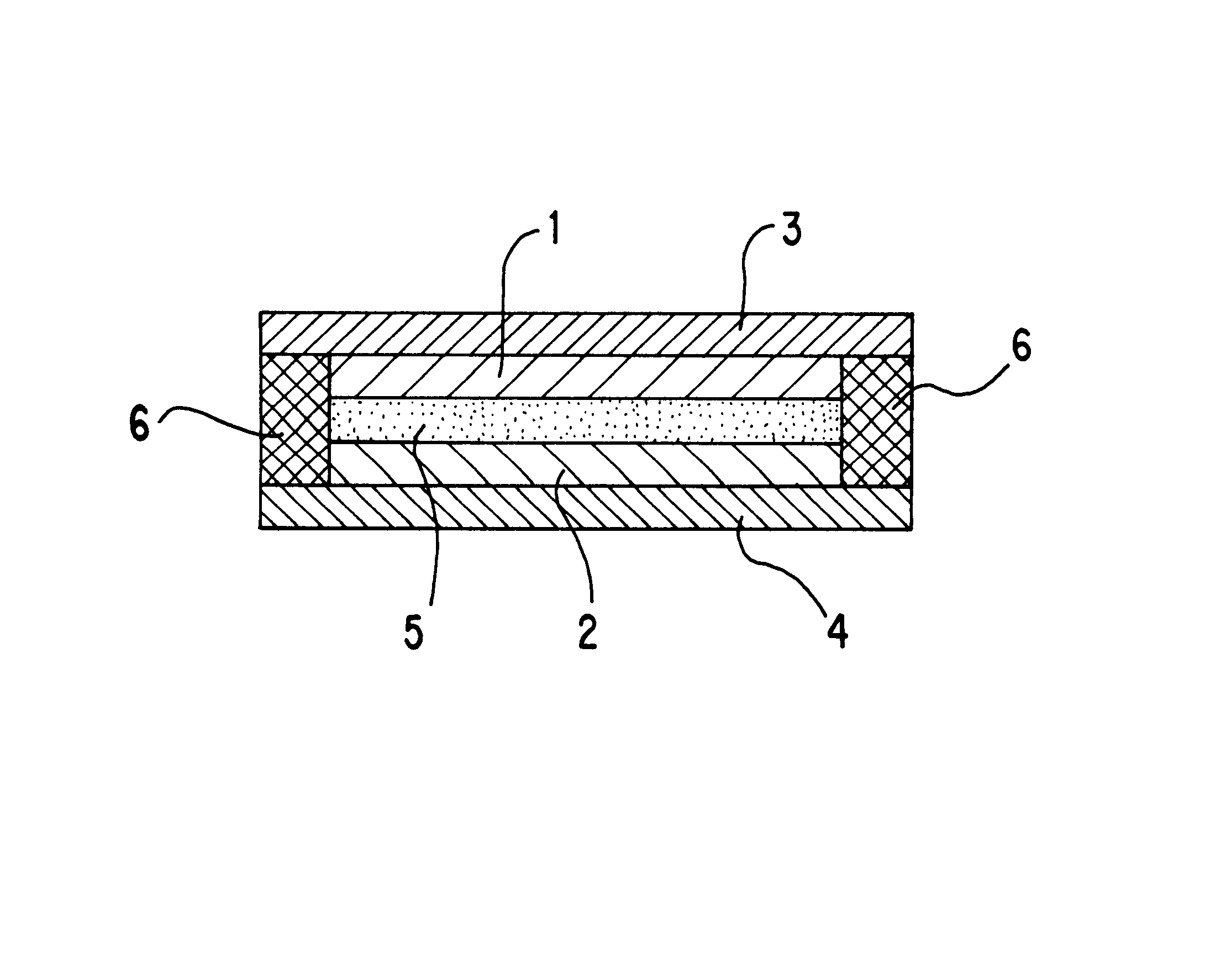Non-aqueous electrolyte battery and charging method therefor
a non-aqueous electrolyte, battery technology, applied in the direction of non-aqueous electrolyte cells, secondary cells, cell components, etc., can solve the problems of difficult fabrication of cylindrical batteries, low flexibility of lithium alloys, and lithium dendrite growth on the negative electrode surface, etc., to achieve easy insertion/desertion of lithium ions, low charge/discharge efficiency, and high charge/discharge efficiency
- Summary
- Abstract
- Description
- Claims
- Application Information
AI Technical Summary
Benefits of technology
Problems solved by technology
Method used
Image
Examples
example 2
In Example 2, the non-aqueous electrolyte battery was fabricated in the same manner as in the above Example 1, except for that rutile-type titanium oxide TiO.sub.2 was used as the negative electrode material for negative electrode, as shown in the following table 1.
example 3
In Example 3, the non-aqueous electrolyte battery was fabricated in the same manner as in the above Example 1, except for that anatase-type titanium oxide TiO.sub.2 was used as the negative electrode material for negative electrode, as shown in the following table 1.
example 4
In Example 4, the non-aqueous electrolyte battery was fabricated in the same manner as in the above Example 1, except for that powdery LiCoO.sub.2 was used as the positive electrode material for positive electrode, as shown in the following table 1.
PUM
| Property | Measurement | Unit |
|---|---|---|
| mean battery voltage | aaaaa | aaaaa |
| temperatures | aaaaa | aaaaa |
| temperatures | aaaaa | aaaaa |
Abstract
Description
Claims
Application Information
 Login to View More
Login to View More - R&D
- Intellectual Property
- Life Sciences
- Materials
- Tech Scout
- Unparalleled Data Quality
- Higher Quality Content
- 60% Fewer Hallucinations
Browse by: Latest US Patents, China's latest patents, Technical Efficacy Thesaurus, Application Domain, Technology Topic, Popular Technical Reports.
© 2025 PatSnap. All rights reserved.Legal|Privacy policy|Modern Slavery Act Transparency Statement|Sitemap|About US| Contact US: help@patsnap.com


